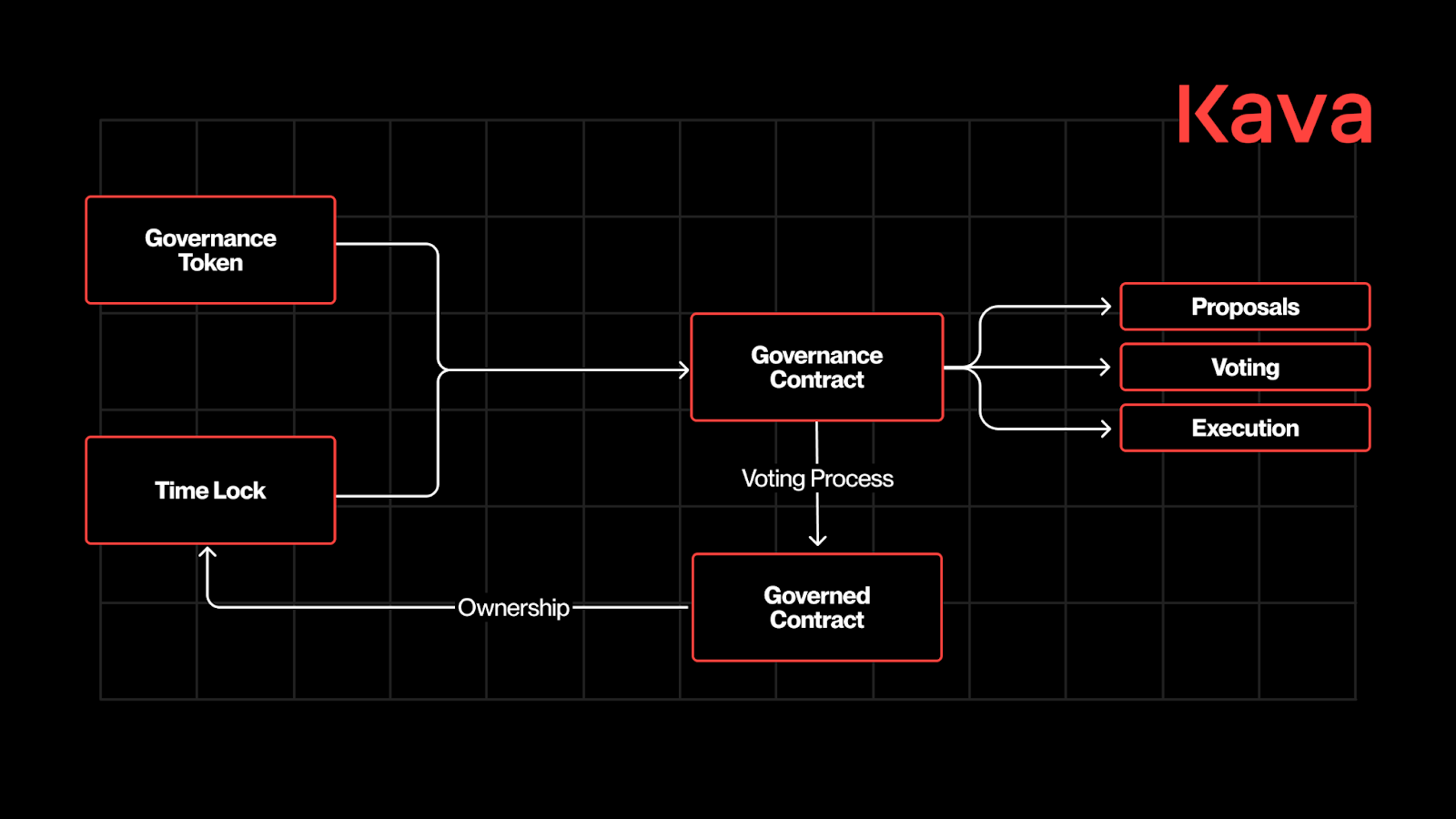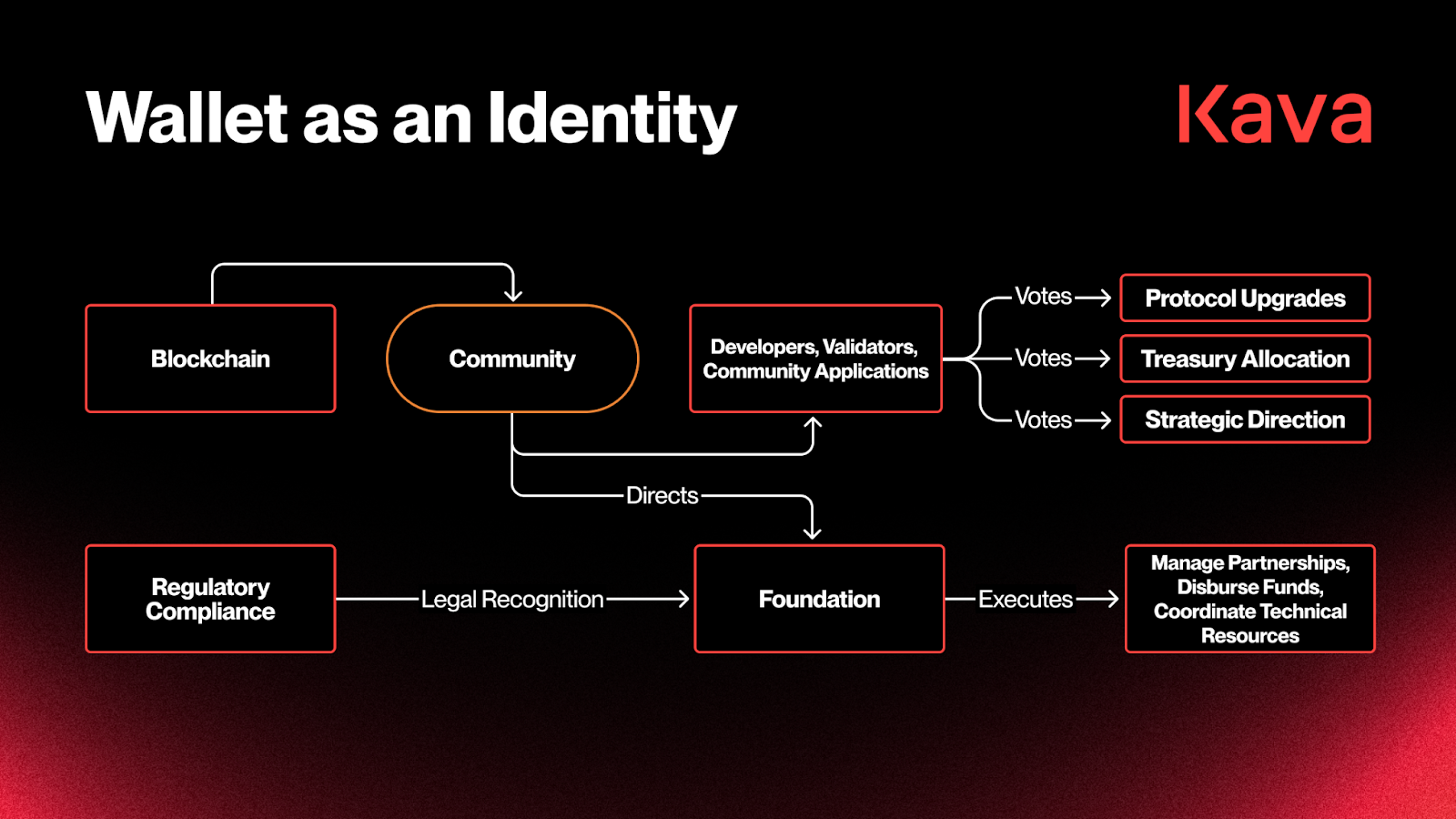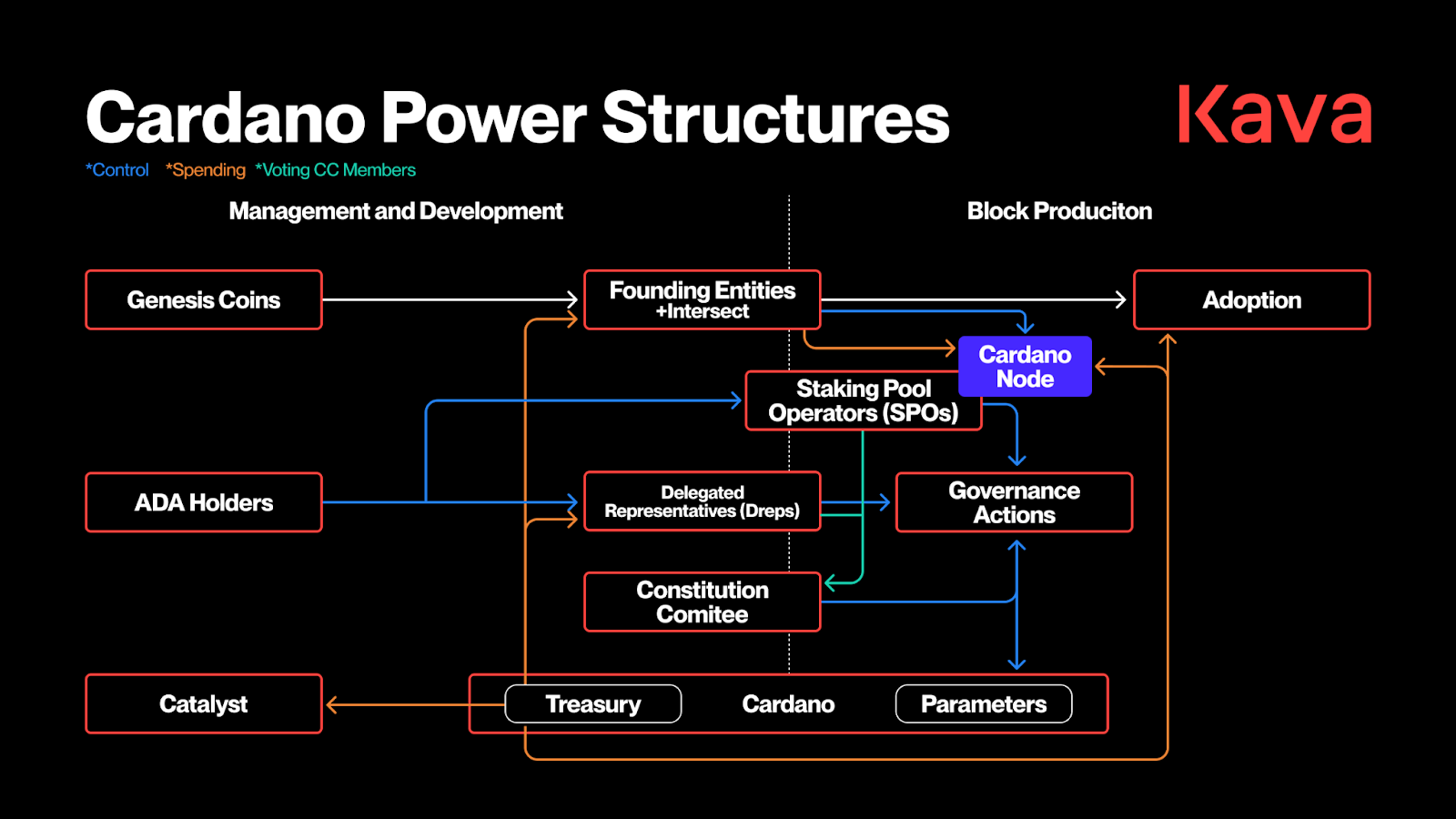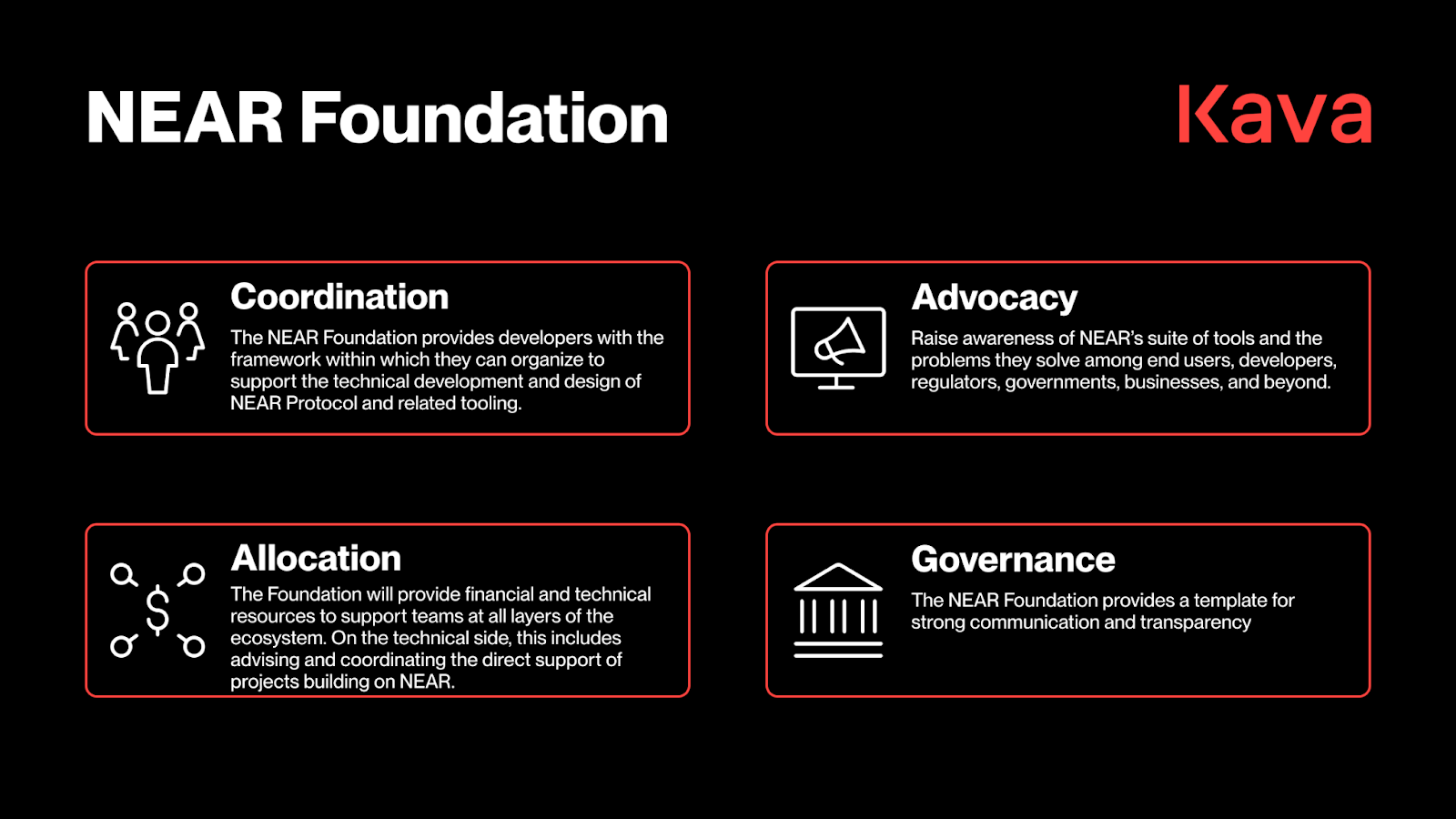Blockchain Governance: Efficient Execution Through Foundations
.jpg)
Efficient on-chain governance has been a major pain point for the blockchain industry ever since the first DAO was launched in 2016. The balance between efficiency and decentralization has often left projects stagnating while awaiting consensus. Or, they’ve been vulnerable to manipulation by outsized token-holder interests. We saw how the convergence of AI technologies within DAOs can be leveraged to improve proposal efficiency and mitigate risk, but the underlying issues of on-chain inefficiencies remain. Foundations offer an alternative to previous on-chain governance models by separating governance and execution decision-making processes.
Let’s start by examining this hybrid role within foundations and how maintaining on-chain governance decisions while delegating operational execution is possible. Then, we’ll look at the additional benefits that this model offers and the importance of stakeholder consultation in foundation-led initiatives. To close, we will consider how the Cardano, Avalanche, and NEAR foundations are approaching this model before ending with a potential vision for the future of on-chain governance.
Issues with On-Chain Governance Models
The typical mechanics of on-chain governance models on most blockchains and DAOs to date have involved governance tokens that members can purchase or receive to vote on decisions.
Typically, these have used a 1-to-1 ratio of votes to tokens, giving large and early token holders an outsized voice in shaping a project's direction. It isn’t inherently a bad thing for the earliest investors to have greater influence over a project's direction. However, if unchecked, it can lead to governance tokens becoming concentrated in the hands of a few large holders, who can co-opt projects for their own gain at the expense of the broader ecosystem.

There has been no shortage of attempts to create a more equitable environment for community participants, including wallets, decentralized IDs, and voluntary KYC registration models as a replacement for token voting. Even if the issue of member influence gets addressed, on-chain governance faces a second, often more nuanced problem with the execution and implementation of governance decisions.
Trying to coordinate governance votes on major network decisions can be a herculean task, with multiple rounds of proposals and votes needed to iron out the finer-grained details. The larger the project, the more rounds it can take for governance votes, and the longer the delay in implementing an agenda. This can eventually lead to voter apathy or, worse, stagnation in network development. Foundation-led on-chain governance models solve this problem.
Foundation-Led On-Chain Governance
The key difference between foundation-led on-chain governance models and the ones that came before them is the separation of strategic decision-making votes from operational implementation. While this may seem to be a minor adjustment to the process, its impact on efficiency is substantial. This hybrid model preserves decentralization through governance while enabling the dynamic, agile execution necessary for competitive blockchain ecosystems through the larger foundation infrastructure.
On-chain voting remains the source of authority for any major decisions, including protocol upgrades, treasury allocations, and strategic direction. Token holders retain their voice through direct participation in these critical choices, ensuring that the community's collective will shapes the blockchain's trajectory. At the same time, the foundation can execute the decisions without requiring additional rounds of governance votes, leading to a more efficient system. Since foundations are legally recognized counterparties that must adhere to established regulations and are enforced by ironclad SLAs, the risk of them executing decisions on their own behalf is eliminated.

Once the community approves an initiative through on-chain voting, the foundation can take over its practical implementation. This includes managing partner relationships, distributing funds in accordance with community-approved parameters, and coordinating technical resources.
Benefits of Operational Discretion for Faster Decision-Making
The primary benefit of this new architecture is the efficiency gains for blockchain projects. When communities approve broad strategic initiatives, foundations can immediately act on the details without requiring additional votes for every operational step. This agility proves essential when responding to market opportunities, competitive threats, or technological developments that require swift action.
These efficiency gains extend beyond speed to include professional expertise. Foundations can employ specialists in legal compliance, financial management, and strategic partnerships. For example, if the community voted to allocate funds for ecosystem development through a grant program, every application would have previously required a separate community vote for approval. Under a foundation-led model, once the community has voted the first time, the foundation can begin reviewing grant applications, negotiating partnership terms, and deploying pre-approved community resources.
Preempting a risk of large token holders co-opting the voting process and directing funds to themselves, foundations are legally bound by SLAs and national regulators to act in the best interests of the larger ecosystem.
Importance of Stakeholder Consultation in Foundation-Led Initiatives
It would be a mistake to assume that foundations and community stakeholders are acting against each other's interests, or that the community is worse off as a result of the shift in operational responsibilities. Instead, the opposite is true. Foundations enhance the overall governance process by acting on behalf of the community, and the most effective foundations establish regular communication channels to collect input on implementation details.
This kind of stakeholder consultation serves multiple purposes. It provides foundations with valuable insights from diverse community members who may spot issues or opportunities that internal teams can miss. It also builds trust by demonstrating that foundations view themselves as beholden to the community rather than independent actors And, it creates accountability mechanisms beyond formal governance processes.
Case Studies
Foundations have a long history within the blockchain industry. They have evolved alongside it and established themselves not only as modern vehicles for institutional capital but also as trusted resources for sustainable ecosystem development and management. Foundations like the Cardano Foundation (2016), Avalanche Foundation (2019), and NEAR Foundation (2020) are at the forefront of foundation-led on-chain governance mechanics.
Cardano Foundation
The Cardano Foundation manages ecosystem grants and operational initiatives while preserving on-chain voting for protocol-level decisions. Community members vote on overall funding priorities and strategic direction. At the same time, the foundation handles the detailed work of evaluating applications, managing relationships with grant recipients, and ensuring accountability for the use of funds.

Avalanche Foundation
The Avalanche Foundation actively consults with ecosystem participants when considering major partnership collaborations. This consultative approach ensures that partnerships align with developer needs, user preferences, and the broader community's vision for Avalanche's development. This consultative model shows how foundations can exercise operational discretion while remaining closely connected to community sentiment.
NEAR Foundation
The NEAR Foundation has created a foundation model to address four key areas within blockchain governance: Coordination, Allocation, Advocacy, and Governance. In doing so, they have helped standardize the processes for ecosystem support, developer relations, and strategic initiatives while respecting the community's authority.

The NEAR approach emphasizes clear boundaries between operational and governance domains, ensuring that foundation efficiency never encroaches on areas where community decision-making prevails.
A Vision for the Future of Foundation-led Governance
Foundation-led governance models are not new to the blockchain industry. Still, their true potential is only beginning to get realized with the introduction of more robust regulations, particularly in the U.S. These new pro-crypto regulatory environments provide the legal recognition necessary for institutions to deploy capital into the space. More importantly, foundation governance gives reassurance to blockchain communities.
The division of labor that foundation-led governance creates preserves decentralization where it matters most, while dramatically improving the overall efficiency of operational tasks
